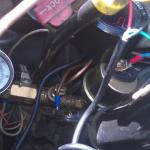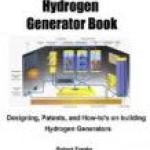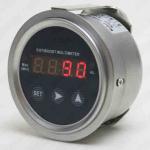New spin for combustion power
We license an EPA registered alternative fueling solution supplier and contract manufacturer. Home of the Freefuelsystem best suited for fleets and / or industrial equipment applications. Rather than sell, we license our systems because the EPA program requires it and it keeps us committed to making sure the product always works - and with our gas station program it effectively means a lifetime replacement warranty on critical parts. Hughes tool and die did this with the world famous rotary drill bit of the oil exploration industry. When it failed in drilling, they supplied another and took the old one for analysis, rebuilding, and improvements.
Of course you do not believe it. Can you really operte a vehicle for 50 cents per gallon ??? Yes, but also the electric vehicle bubble is bursting. People have gotten smart and leery of waiting to feed their horse often waiting in line to even get to the trough - I mean charger. You wait long enough at a vehicle charging station bank and you will see a tow truck appear with an EV with a dead battery towed to the feeding trough. You can sometimes see one pull in with a for sale sign in the window. EV sales are slowing. If they break down you cannot fix it. Telsa will not even sell many parts at all to the customer. On the flip side a hydrogen on the fly powered vehicle means you can stop at any water source and fill up. See https://www.youtube.com/watch?v=cZlsZwcIgpc and https://www.youtube.com/watch?v=qO2d9FpBzDI
Hydrogen is the future, and Japan surrounded by the Ocean has an absolute free source of unlimited fuel. See https://www.youtube.com/watch?v=_uTZWaJU6ho and soon steel all over the world will be made using Hydrogen. See https://www.youtube.com/watch?v=QwtQS146tak but of course there is no high pressure storage and use issues with on the fly generation as we do.
Toyota appears is all in on Internal Combustion Engine (ICE ) hydrogen powered cars. The problem is it is tanked hydrogen. See https://www.youtube.com/watch?v=QDT-cnNjexA and the link at the paragraph end is to Mike Copeland's hydrogen powered hot rod 1948 pick up truck proves the concept of "conversion", but again there is a another problem illustrated - tank holds 3 kg of hydrogen at 5,000 psi which is 3 gallons gasoline equivalent, (gge) using a Cadillac CTS Supercharged engine - also found in the Camaro and Corvette. https://www.youtube.com/watch?v=EGsmIiHznnM is Mike again talking about his 1964 hydrogen Ford Falcon. Second problem, the 64 Falcon and 48 pick up truck was used because the chassis is old enough to be emissions exempt by title year which is a 1974 cut off, but STILL the engine must be emissions compliant to its engine family year on a conversion waiver, but if dual fueled only needs remain compliant to be street legal. In other words for of road only, anything goes, but if you want to register and title it with license plates for street use it will still need to meet the emission level for that engine YEAR family.
Only an OEM like Toyota or and EPA registered alternative fueling solution supplier like this manufacturer can build such a street legal solution. Finally the video is built to a gear head hot rod audience, and much of what is done is over kill. They act like in the video they really did something - they did not as any CNG vehicle is the same design. Engines have been proven they could run on Hydrogen since 1935 - see new_spin_on_combustion and on the fly as we do it - at that!!!
About two years ago this manufacturer wrote to the new President of Toyota USA and told them that about their Hydrogen engine, they need to put an on board hydrogen generator for on the fly generated low pressure pure hydrogen generator for fueling. They did it. Here is a really bad YouTube video that calls it a water powered car and frankly does not know what it is talking about and is just plain WRONG about alot of what is said. Here is the simple truth that an alternator or multiple one's of a high amp design are used enough amperage can be produced to generate hydrogen slightly faster than the engine consumes it. Plain and simple. See https://www.youtube.com/watch?v=4KeowwgDEWA
This is why Tesla and traditional battery electric vehicles won't be around for long. When people waste time in racial issues, the world's best minds quietly leave them behind. https://www.youtube.com/watch?v=rxFYqP6a7_M
Here is another long winded hyped up video about the same - it is a hydrogen fueled gaseous gas CNG type engine with an on board hydrogen generator really no big deal. People that want to sensationalize a very simple thing are real idiots. https://www.youtube.com/watch?v=d1O2TnjiA5g
You can "Google" "Toyota water powered engine" and you will find many ignorantly explained videos using terms like battery-powered electrolysis et cetera. The plain truth is a "water powered engine" is not economically feasible because many places on the planet are below freezing or one can transition from warm to freezing temperatures while driving. Then your fuelstock freezes. This manufacturer solved that and is ready for all climate scenarios.
What we do is not new . . . it dates back to a patent July 2, 1935, 2,006,676 granted to Charles Garrett for a device called an "electrolytic carburetor"
The way Garrett and others have tried to do this - will never work because of the chemistry and the needs of the engine.
Why has this not ever taken off . . . well . . . that is because of the technology of the era persistently from then until now it has always been cheaper to just use fossil fuels. that and the SPACE required for the proper device just does not exist in most vehicles.
There is a lot of crap on the internet - but this not one that
Here is some text from another website. What they miss is that legally - and technologically vehicles now all have computer control and it is just not so easy as Charles Gartrett did in 1935 or mR Greene did in 1992
*** PASTE STARTS ***
Here's a couple of articles from the Dallas Morning News on Garrett's invention...
Dallas Morning News - September 8, 1935
Dallasite Patents Invention Which He Claims
Substitutes Water for Gasoline as Fuel
C.H. Garrett, Dallas inventor, gave a private demonstration Saturday of a recently patented contrivance which he said substituted water for gasoline as fuel for internal combustion engines.
He said it broke up the water by electrolysis into its component gases, oxygen and hydrogen, using the highly explosive hydrogen for fuel in the motor cylinder.
The working model operated a four-cylinder engine for several minutes in the demonstration, at varying speeds and with several starts and stops. Garrett said he had operated the engine continuously for more than forty-eight hours.
The inventor said the idea itself was not new. He explained that difficulty had been encountered heretofore in attempts to store the dangerously inflammable hydrogen. He claimed to have AVOIDED that trouble by making and exploding the gas in the SAME PROCESS without a storage chamber in which the flames from the motor cylinders might react.
Water, he explained, is broken down into its component gases by passage of an electric current through it from electrodes immersed in the water. Hydrogen collects at the negative pole and oxygen at the positive. The hydrogen, Garrett said, is MIXED WITH AIR (78% nitrogen and other gases...Vanguard) and introduced DIRECTLY INTO THE CYLINDERS.
The inventor said he had been working on the device for eight years, assisted by his father, Henry Garrett, traffic signal engineer for the city of Dallas, inventor of the traffic signal system, now in use here and holder of several patents on such contrivances.
Garrett said attachment of the electrolytic carburetor and installation of a generator of about DOUBLE normal capacity to furnish power for the breaking down of the water were the only changes needed to convert a gasoline burning automobile into a WATER BURNER!
He said the electrolysis chamber would have to VARY IN SIZE with the size of the motor used. One of ABOUT A QUART CAPACITY being big enough for the ordinary automobile.
He claimed instantaneous starting in any weather, elimination of fire hazards, cooler motor operation and fulfilling of all motor requirements in power and speed.
Dallas Morning News - September 6, 1992
Early Inventor Builds Water-Powered Auto
by A.C. Greene
The late Henry "Dad" Garrett was a multi-talented Dallas inventor with a bent for electrical contrivances, and in 1935, he and his son, C.H. Garrett, patented and exhibited an automobile that ran on water -- actually, on hydrogen after the water was broken down by electrolysis.
Dad Garrett was already famous for his work. In 1920 he set up WRR in Dallas, the world's first municipal radio station, and was its first announcer. He was the first man to build a radio in his car, and he developed radio transmission from the car for police use. He also invented an automatic electric traffic signal, possibly the nation's first.
Eugene P. Aldredge recalled the Garretts: "I had rented a small office on the seventh floor of the Allen building in downtown Dallas for my letter service, and one of my early customers was the eighteenth floor National Electric Signal Co. owned by Dad Garrett and son C.H..
"I was informed that the two were experimenting with an automobile that used water for fuel, that they carried on their experiments in a workshop adjacent to their office on the top floor, and that two separate explosions (from dangerous hydrogen) had nearly blown a hole in the roof of the building...Neither was hurt."
On September 8, 1935, The Dallas Morning News first announced that the water-fuel concept worked -- at least it worked for "several minutes," the article reported.
A few months later, Pathe' News filmed the car driving along Garland Road with the driver stopping at White Rock Lake to fill the fuel tank with water before cruising off. In 1970, Karen Klinefelter wrote, "Aptly enough, the film was shown on Pathe's Stranger than Fiction feature program."
C.H. Garrett said the only items needed to convert a gasoline-engine auto to a water burner was an electrolytic carburetor and installation of a generator of double normal capacity for the breaking down of the water.
He claimed instant starts in any weather, no fire hazards, cooler operation and plenty of power and speed. The car was not marketed, and no one seems to know its ultimate destiny. Both Garretts died a number of years ago.
[A.C. Greene is an author and Texas historian who lives in Salado.]
*** PASTE STOPS ***
There have been several other patents issued for splitting water - one being that which uses a carbon arc under water and produces a gas come have called "Aquafuel", documented here => https://patents.google.com/patent/US6299738 and here => http://blazelabs.com/n-aquagen.asp
. . . which has a serious drawback of how does one consistently and continuously produce the fuel burning an arc which itself is being consumed
so . . . the science is sound . . . but the economics done the wrong way are not.. and unless the fuel is an approved "motor fuel" it cannot lawfully be used in a vehicle anyway even if can be made to work within legal emissions limits
Our product overcomes both of the above
| Attachment | Size |
|---|---|
| US2006676.pdf | 402.28 KB |

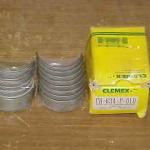
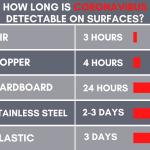 ,
, 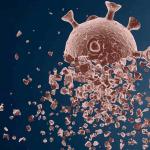 ,
, 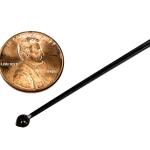 ,
, 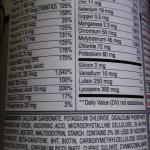 ,
, 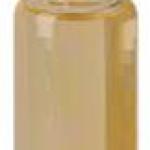 ,
, 
 ,
, 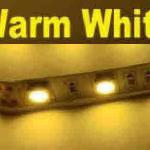 ,
,  ,
, 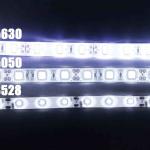
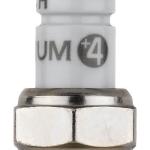
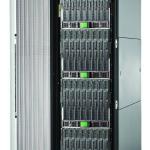
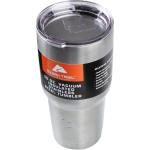
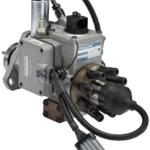
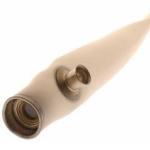 ,
,  ,
, 
 ,
,  ,
,  ,
, 
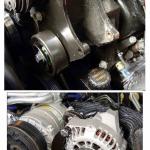
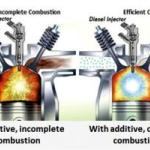
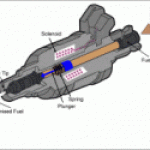
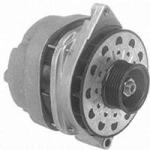 ,
,  ,
, 
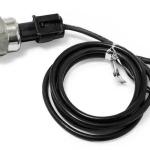

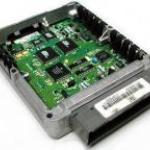
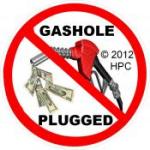
 ,
, 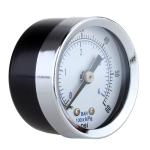
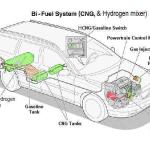
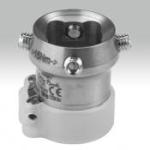
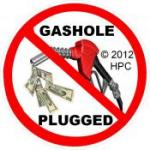

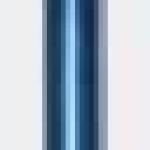
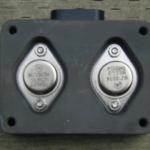 ,
,  ,
, 

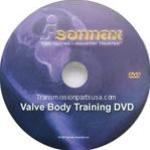
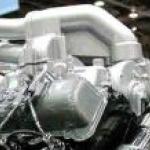
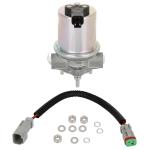
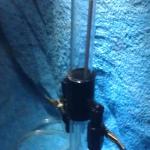 ,
, 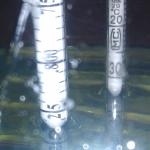 ,
, 

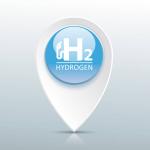
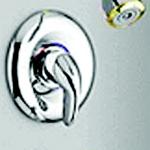
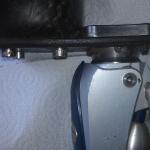
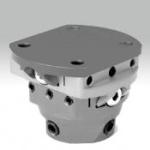
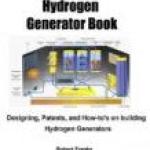
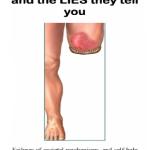
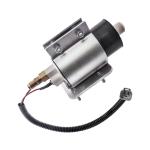
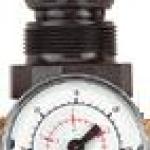 ,
, 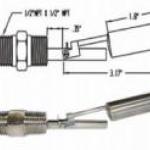

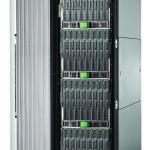
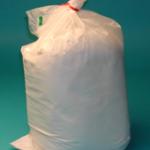
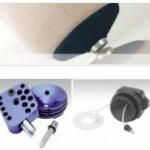
 ,
, 
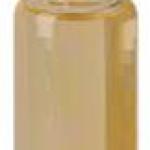
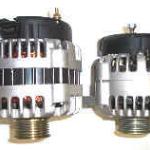 ,
, 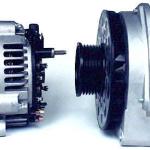 ,
,  ,
, 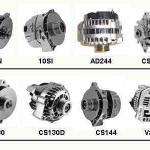
 ,
, 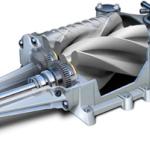 ,
, 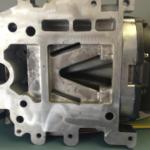 ,
,  ,
,  ,
, 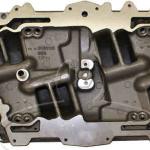



 ,
,  ,
, 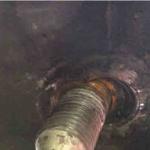 ,
,  ,
, 
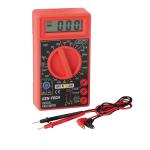



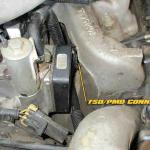 ,
,  ,
, 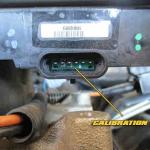 ,
, 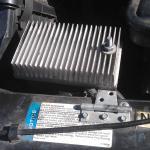 ,
, 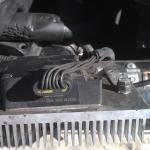

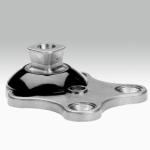




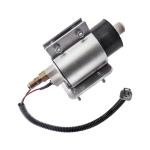

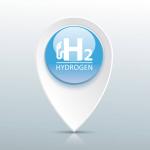
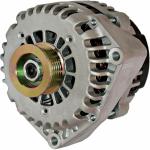 ,
, 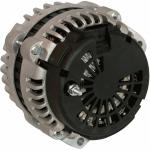 ,
,  ,
, 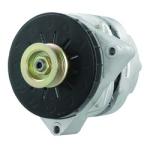
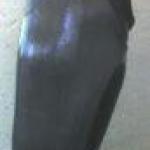
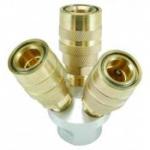
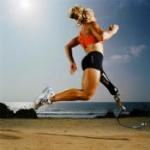


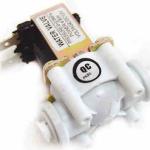

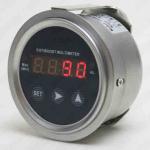
 ,
, 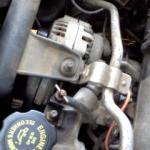 ,
, 